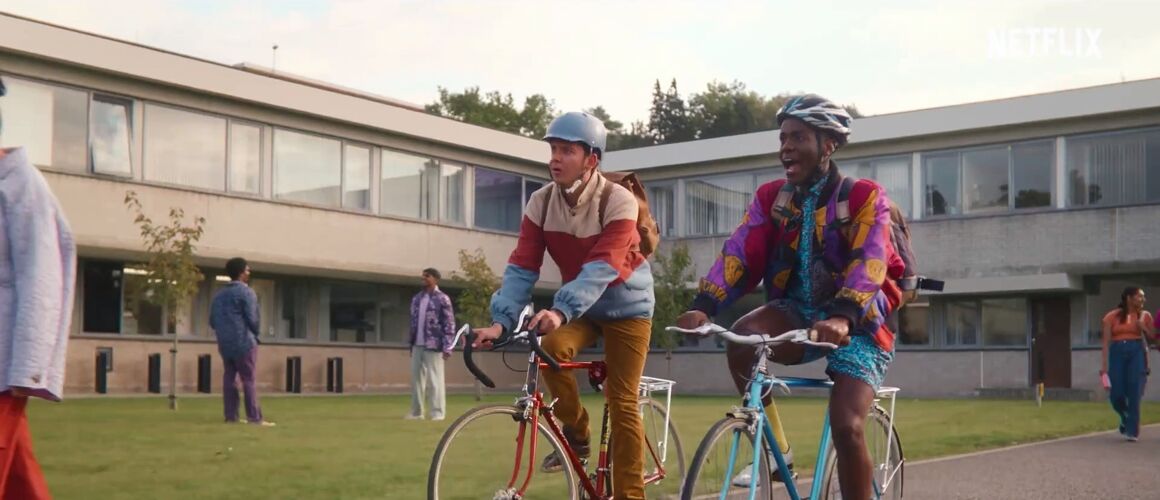Düsseldorf.
“Sacre”: three choreographies by Jerome Robbins, Demis Volpi and Marcos Morau each approach the victim(s) at the Düsseldorf Rheinoper differently.
“Sacre”, the victim – the individual contributions to this three-part ballet evening approach the term from very different perspectives. Both the spiritual and the profane aspects of sacrifice(s) are examined. Jerome Robbins’ “The Cage” makes the – brilliant – start. In 1951, at a time when women tended to be reduced to the role of crickets at the hearth, he confronted the audience with an insectoid way of life in which the militant females quietly and efficiently killed the males, who were always perceived as intruders.
A shocker then. Not anymore, but the highly stylized and at the same time raw animal spectacle has lost none of its fascination. Apart from a company of highly virtuosic dancers, Robbins’ choreography requires only a few means: limbs spread out at acute angles, bodies writhing and angular movements to create the illusion of a warlike insect state.
Futaba Ishizaki as an initially clumsy young insect
Futaba Ishizaki succeeds particularly vividly as an initially clumsy young insect, which then surprisingly quickly finds its way of moving in a manner appropriate to its species and thus finds its way into execution mode. He knows how to win viewers over to this species despite the radically sexist orientation of the community.
Forgiving Demis Volpi’s contribution: With “Things with Feathers” he succeeds in creating a moving (dance) theater of becoming and passing away for Richard Strauss’ metamorphoses: Individual dancers fall behind when the group moves forward, seem to dissolve in the darkened edge of the stage, always find themselves new formations and forms of movement. Astounding, gravity-defying lifting figures amplify the ephemeral. But despite the inherent melancholy, something deeply comforting is palpable. After all, in the poem by Emily Dickinson quoted here, the “thing with feathers” describes nothing other than hope.
Marcos Morau gives Igor Stravinsky’s “Sacre” a completely new twist
Most recently, Marcos Morau gave Stravinsky’s often and prominently danced Rite of Spring a completely new twist in the eponymous “Sacre”: Even if the eruptive quality of Stravinsky’s music and the dancers’ head-controlled movements initially suggest buds bursting, it quickly becomes clear: Nothing is sprouting here more. Instead, the end of mankind is danced: the dancers move in swarms, monolithically, adapted to the stone gray of the dystopian landscape of rocks and rubble (stage: Max Glaenzel). Resistance against the “absolutism of inorganic matter” (Morau) seems futile.
Do the actors sacrifice themselves by falling over the edge of a cliff or are they already victims of their own intolerance? The piece doesn’t provide an answer, but shakes you up all the more. A dance evening that is as big as it is dark.
Düsseldorf Symphony Orchestra under Vitali Alekseenok
The Düsseldorfer Symphoniker under Vitali Alekseenok, who on this evening – apparently in favor of a consistent sound pattern – clipped a few peaks in Stravinsky’s work in the best of moods, without taking away the power of the respective pieces.
More articles from this category can be found here: Culture


